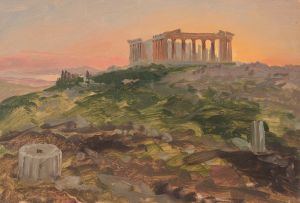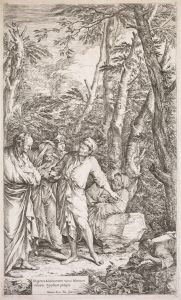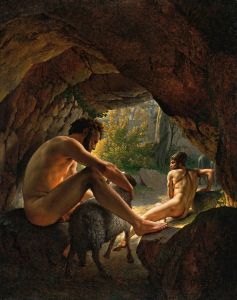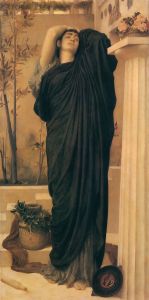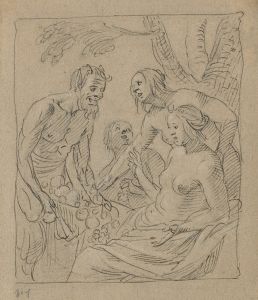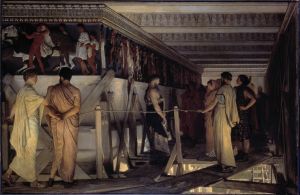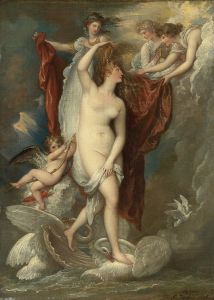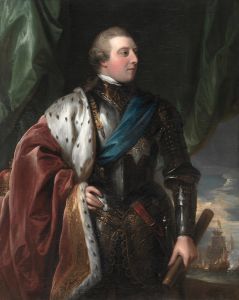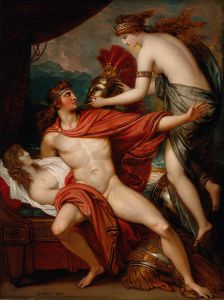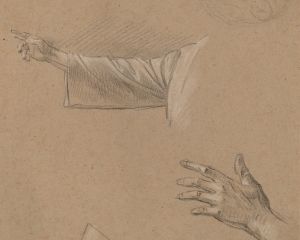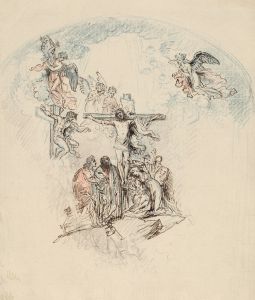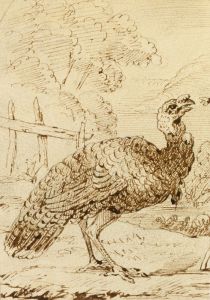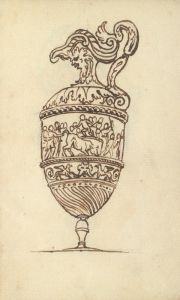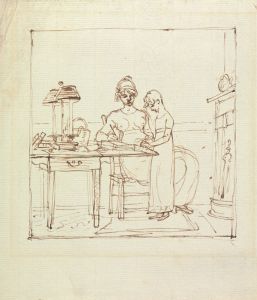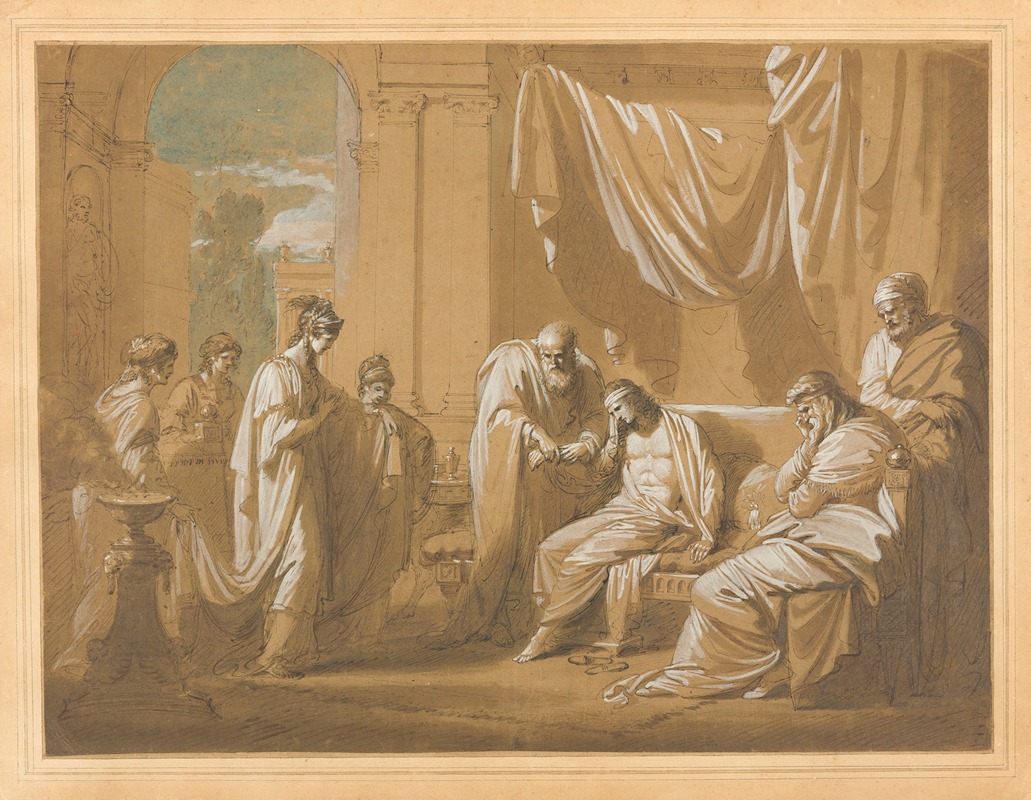
Antiochus and Stratonice
A hand-painted replica of Benjamin West’s masterpiece Antiochus and Stratonice, meticulously crafted by professional artists to capture the true essence of the original. Each piece is created with museum-quality canvas and rare mineral pigments, carefully painted by experienced artists with delicate brushstrokes and rich, layered colors to perfectly recreate the texture of the original artwork. Unlike machine-printed reproductions, this hand-painted version brings the painting to life, infused with the artist’s emotions and skill in every stroke. Whether for personal collection or home decoration, it instantly elevates the artistic atmosphere of any space.
"Antiochus and Stratonice" is a painting by the Anglo-American artist Benjamin West, created in 1772. West, known for his historical and neoclassical style, was a prominent figure in the art world during the 18th century, serving as the second president of the Royal Academy in London. This particular painting is a significant example of his work, illustrating a dramatic moment from ancient history.
The painting depicts a scene from the life of Antiochus I Soter, a Seleucid king, and Stratonice, who was initially his stepmother and later became his wife. The story, rooted in ancient historical accounts, particularly those of Plutarch and Appian, tells of Antiochus's secret love for Stratonice, the wife of his father, King Seleucus I Nicator. According to the tale, Antiochus fell gravely ill, and his condition baffled the court physicians. Eventually, the renowned physician Erasistratus discovered that Antiochus's illness was not physical but emotional, caused by his unrequited love for Stratonice.
In a dramatic turn of events, Erasistratus revealed the truth to Seleucus, who, in a gesture of paternal love and sacrifice, decided to give up Stratonice to save his son. Seleucus declared that Antiochus should marry Stratonice, thus curing him of his ailment. This story exemplifies themes of love, sacrifice, and the complexities of human relationships, making it a compelling subject for artistic representation.
West's painting captures the emotional intensity of this moment. The composition is carefully arranged to highlight the interactions between the key figures: Antiochus, Stratonice, Seleucus, and Erasistratus. West employs a neoclassical style, characterized by its clarity, order, and idealized forms, to convey the gravity and nobility of the scene. The figures are depicted with a sense of drama and emotion, reflecting the tension and resolution inherent in the narrative.
The use of light and shadow in the painting enhances the emotional impact, drawing the viewer's attention to the expressions and gestures of the characters. The setting is rendered with classical architectural elements, providing a backdrop that situates the story in its ancient historical context. West's attention to detail and his ability to convey complex emotions through composition and form are evident in this work.
"Antiochus and Stratonice" is housed in the collection of the Wellcome Library in London, which holds a range of artworks and historical artifacts. The painting is an example of West's skill in historical storytelling through art, and it reflects the broader 18th-century interest in classical themes and moral narratives. Through this work, West not only tells a story from antiquity but also explores timeless themes that resonate with audiences across different eras.





